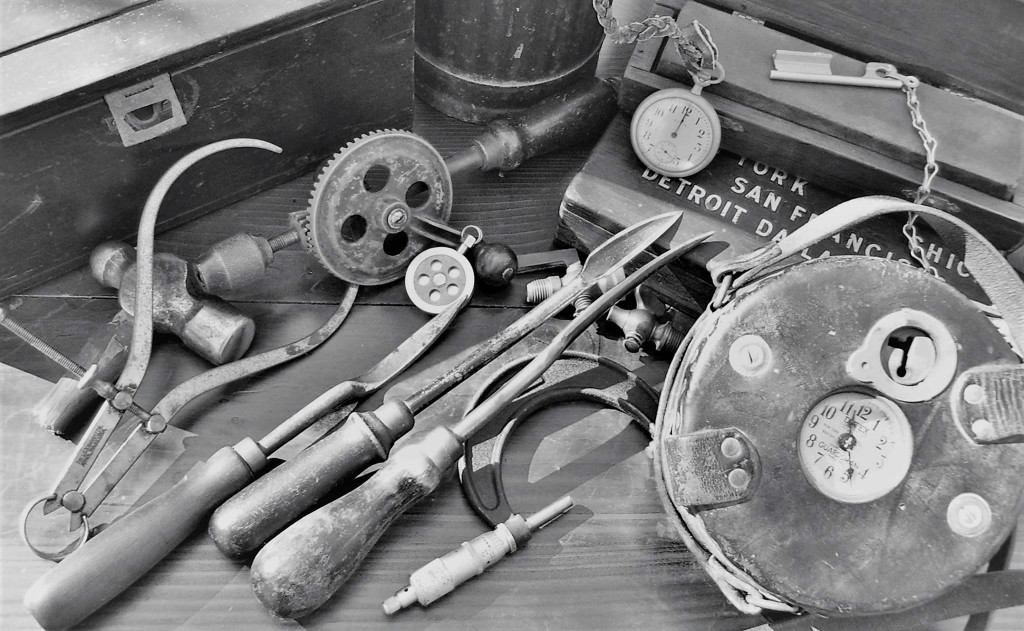
First, bad words & cussing.
No, this isn’t a post about cursing in stories. Not yet. That’s a future post.
This is me realizing that putting a date on prepared posts isn’t the same as scheduling for those busy stretches of time when I can’t closely tend them.
Square one: review instructions & tutorials.
*grumble, grumble*
Moving on.
Although AdeCiro doesn’t normally consider reprints, the publisher felt re-releasing the prequel novelette “Tools of the Trade” would be a good introduction to the historical fantasy world of Suntosun Circus (pending release later this year).
Creative license allows writers to twist facts, to blur the line between fact & fiction, to fit story. In some genres, though, it can compromise the believability the writer strives for. Most kinds of historical fiction rely on verisimilitude.
Verisimilitude.
A pretty word, almost musical when said aloud.
You wouldn’t think it carries as much weight as it does. But verisimilitude—derived from Latin words meaning truth & similar—influences a story’s believability. It affects whether a reader becomes enthralled in a reader’s trance or kicked out of a story by gaffes.
Underpinning my historical fantasy world with real people, places, & events meant staying true to the real so the blurred line between real & unreal seemed more believable. Here are examples of blurring the lines in “Tools of the Trade”, set in 1899 Kansas City, MO.
• Fiction: Sophie (the MC) and her brother Bruce, both adopted as children, were delivered to their adoptive parents via one of the Orphan Trains.
• Fact: From 1854 to 1929, Orphan Trains from the east coast carried thousands of orphaned, abandoned, and parent-surrendered children west to be adopted. Some of their stories turned out well, the children cherished and cared for by their adopted parents. Others didn’t fare so well, treated as little more than extra farm hands and servants.
Some of them processed through a church orphanage called “The Little Sisters of Mercy Asylum” in New York City. Nowadays, we often think of the word “asylum” in terms of mental institutions, but the broader meaning is a place of refuge, a shelter, a haven.
• Fiction: One of the minor characters is taken to St. Luke’s Hospital in Kansas City, while another is taken to a children’s clinic.
• Fact: This hospital did indeed exist. Back then, it was called All Saints Hospital (est. 1885). The name changed to St. Luke’s Hospital in 1903, four years after this story takes place. Because St. Luke’s is the more recognizable name, especially for readers in the Midwest, the shift of timing for the name is creative license.
The other clinic mentioned was founded by one of two sisters (Dr. Alice Berry Graham and Dr. Katharine Berry Richardson) who set it up to help children of those too poor to afford medical treatment. At the time, women doctors weren’t common, and there was much bias about hiring them to work in hospitals— another reason for founding their own. A few years later, that clinic became Children’s Mercy Hospital.
• Fiction: The character Kazimir cauterizes a wound with an “untinned” brazing bit.
• Fact: “Untinned” means that the brazing bit hadn’t been coated with a solder mixture of tin and lead. This mixture helps transfer the bit’s heat so solder flows properly to make a good metal joint. Essentially, he uses the equivalent of a bare-metal branding iron to cauterize the wound.
• Fiction: Sophie, Bruce, and Kazimir set out from the Kansas City Yacht Club building to battle the water demons.
• Fact: A surprise fact for me! While researching railroads running through KC, I happened upon a sketch showing a building with the sign Kansas City Yacht Club. After some archive digging, I found it really did exist in the 1890s and had a lively membership among local boaters. The club held regattas and fish fries, and they even bottled their own beer. There were a number of smaller clubs in and around the city, but the KCYC was the largest.
When publication of Suntosun Circus draws closer, I’ll post some ‘behind the scenes’ facts for it. In the story, I touched upon a few more controversial things I found during research. Digging through history yields facts that shouldn’t be forgotten.
One thought on “Blurring the Line”